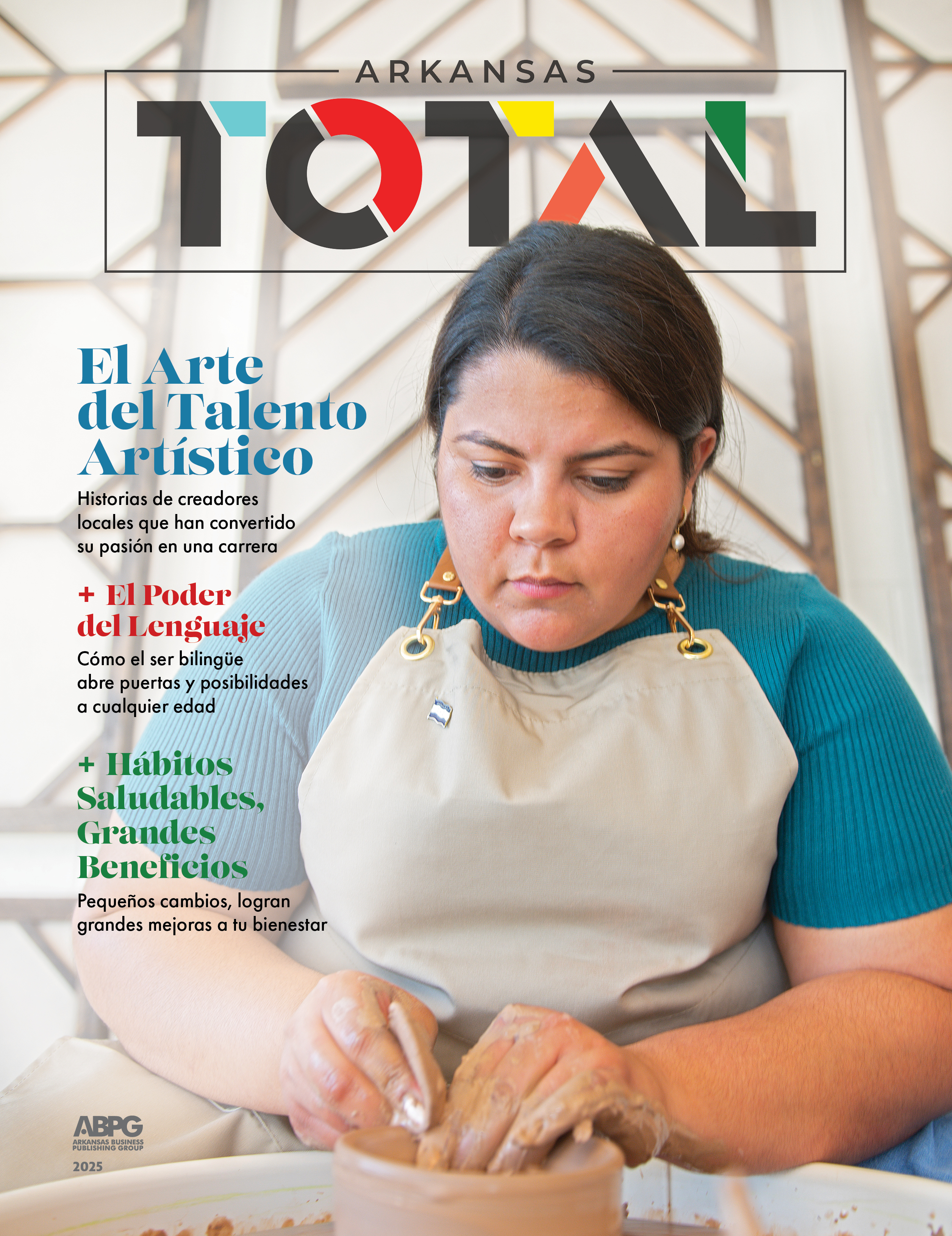The Art of Identity

Azalia Molina fell in love with sculpting in college. | Azalia Molina se enamoró de la escultura en la universidad.
También puedes leer este artículo en español, El Arte de la Identidad
When Azalia Molina first touched clay in a college ceramics class, it sparked something deeper than simple curiosity. “I felt connected — like I was holding a piece of home in my hands,” she said. That moment would mark the beginning of her journey as a multidisciplinary visual artist.
Originally from Honduras, Molina arrived in the United States in 2014 on a full scholarship to study at the University of the Ozarks in Arkansas. Though she had always been surrounded by creativity — school murals, poetry, folkloric dance — it wasn’t until college that she began to see art as a professional calling.
She earned a double major in business administration and art and after graduation her professional focus shifted toward marketing and community-based projects. Without access to a studio or materials, Molina put her artistic practice on hold and instead launched her own marketing agency, occasionally tapping into her creative side through small-scale projects like church murals and community events.

Still, she wasn’t fully dedicated to art until 2022, when she attended a networking event and met artist Brioch Ochoa. “That day, my purpose was sparked again,” Molina says.
Today, her artistic practice revolves around connection: to place, to community and to shared memory. Through ceramics, printmaking, painting and installation, Molina brings Latin American narratives to life — creating immersive experiences that blend tradition with contemporary form.
The journey hasn’t been easy. As an immigrant and first-generation college student, Molina had no clear road map. She had to teach herself how to apply for grants, build a portfolio and recognize the value of her own voice. It wasn’t until 2022 — after exhibiting her work during Hispanic Heritage Month — that she committed fully to her art.

For Molina, art is more than creation — it’s identity, community and resistance.
“Art gives us language for things we feel but don’t yet know how to name,” she says.
She encourages young artists to start right where they are and with what they have. “You don’t need expensive materials — just curiosity and authenticity.” She also urges them to use social media with intention, sharing not only finished work but also the process, the inspiration and the story behind it.
With grant support from organizations like Artists 360 and the Arkansas Arts Council, Molina continues to build bridges — out of clay, memory and heart. Her work doesn’t demand attention; it invites reflection. And her message is clear: there is space for our stories in the world of art.
Resources
Community Creative Center — Classes /Workshops/Community Service/Senior Series/Date Night/Annual Events
National Council on Education for the Ceramic Arts (NCECA) — Sponsorship Opportunities / Oportunidades de Patrocinios
Arkansas Arts Council — Grant Opportunities / Subvenciones
Mid-America Arts Alliance — Programs & Grants Serving Artists and Organizations / Programas y apoyos para artistas y organizaciones

